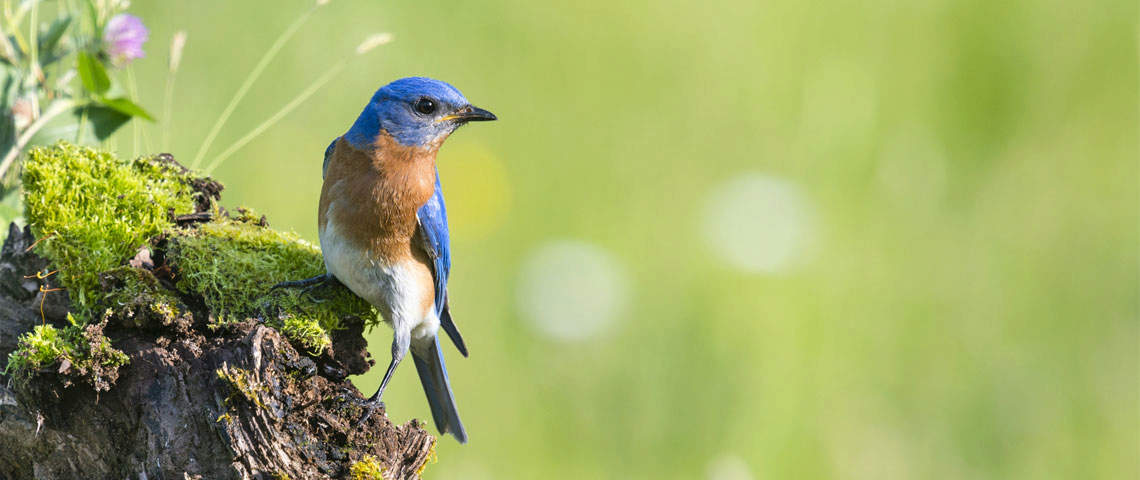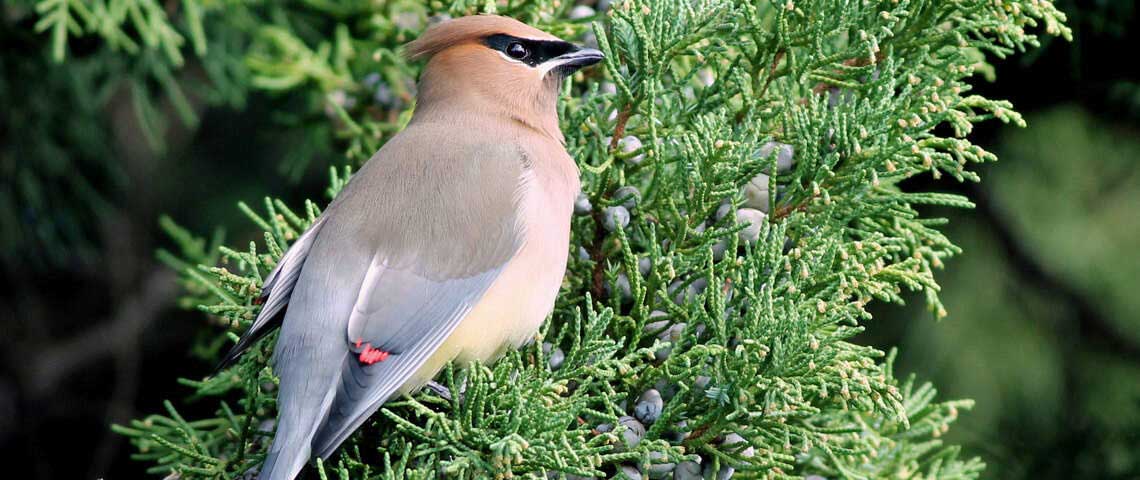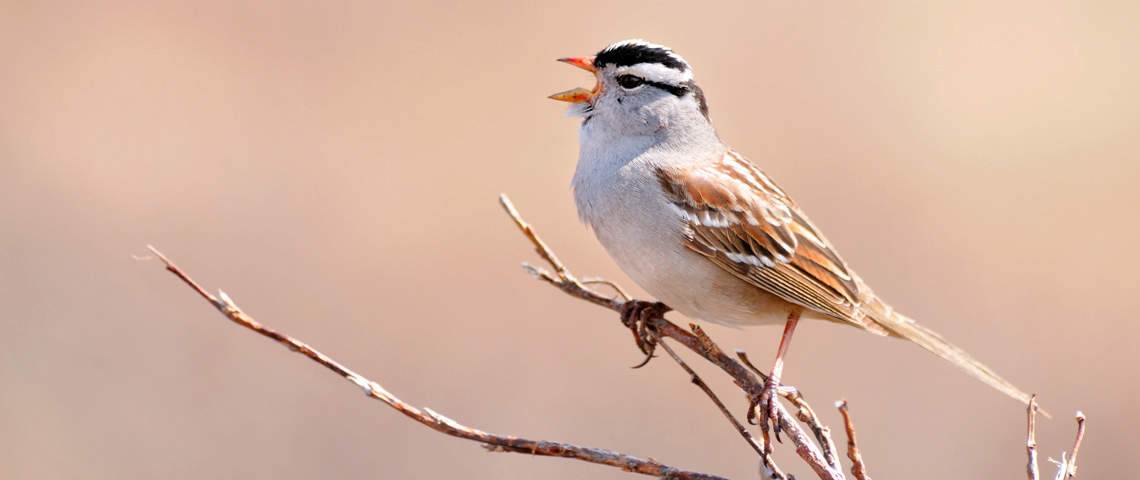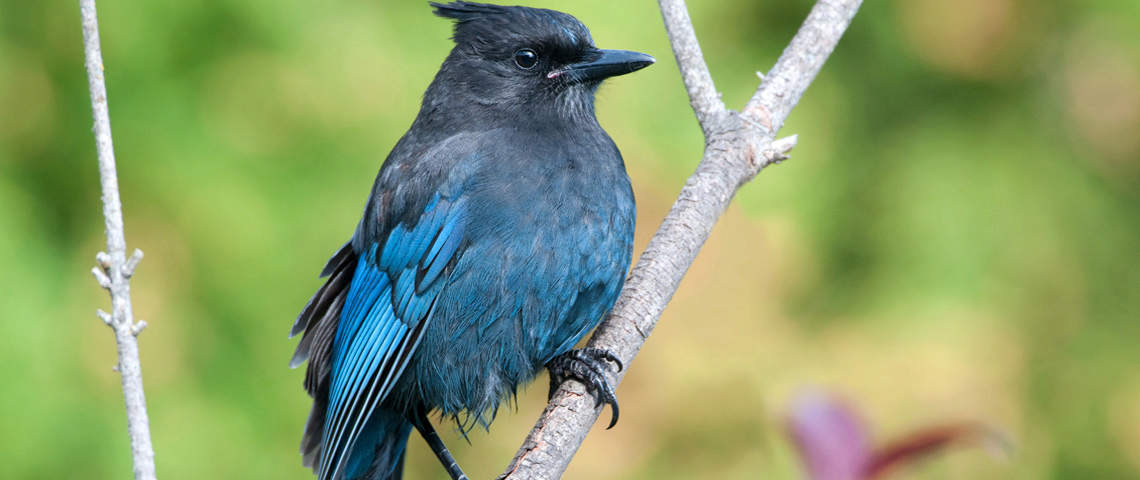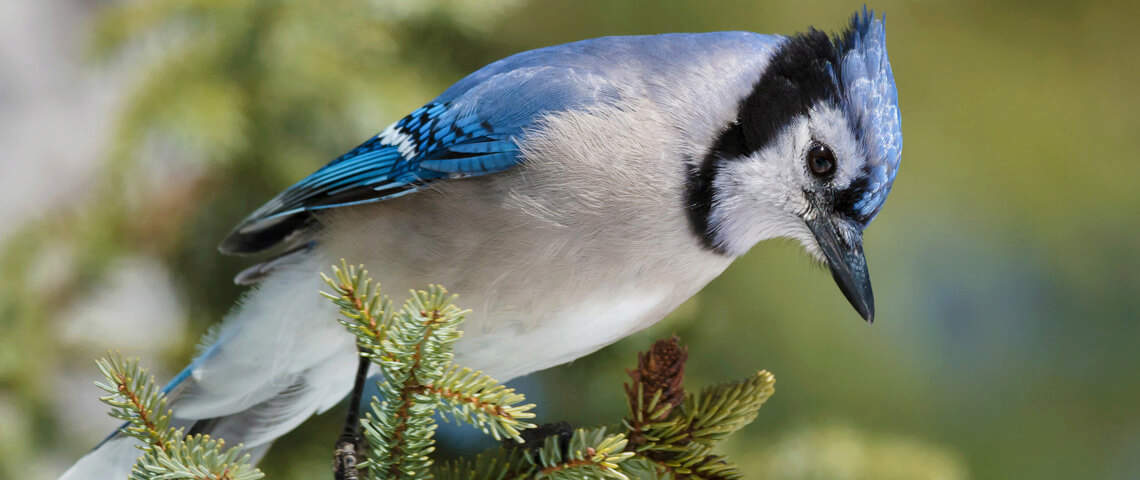Featured Birds: Bluebirds
The bluebird of happiness is a human creation, not a real bird, but the expression seems apt because most people can’t help but smile when they see a bluebird.
John Burroughs wrote, “The first Bluebird in the spring is as welcome as the blue sky itself. The season seems softened and tempered as soon as we hear his note and see his warm breast and azure wing. His gentle manners, his soft, appealing voice, not less than his pleasing hues, seem born of the bright and genial skies. He is the spirit of April days incarnated in a bird.”
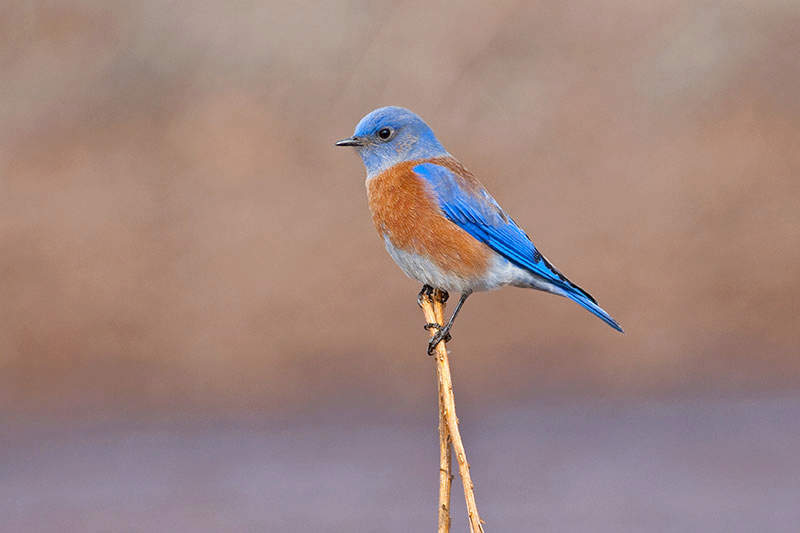
Burroughs lived in the East and was writing about the Eastern Bluebird, but America is graced with two other bluebird species, the Mountain Bluebird and Western Bluebird. None of the bluebirds are urban or even suburban backyard birds. Most of us must go to more rural settings to find them.
You’ll have your best chance of attracting bluebirds to a city or suburban landscape if you plant trees or shrubs that bear fruit in October (in many areas, mountain ashes are ideal), or those that produce fruit that sweetens gradually over winter, so winter birds avoid it until late in the season, such as many sumacs.
Avoid invasive exotic trees and shrubs; even though bluebirds and other birds feed on those berries (and actually spread their seeds), invasive plants crowd out native plants that provide natural food over a wider period of time. Many local and state bird clubs and conservation organizations maintain a list of suitable plants to attract bluebirds for specific areas.
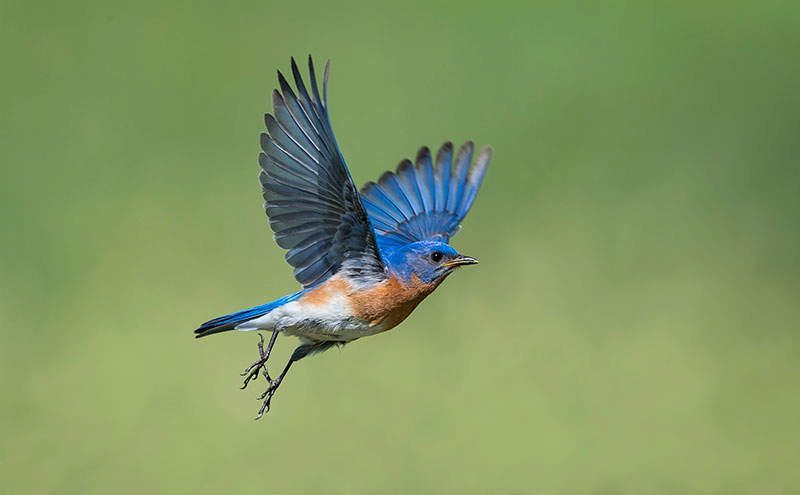
After the first frosts in fall, many berries and fruits start fermenting, and eventually the alcohol and other products of fermentation can cause intoxication. To protect these birds from collisions with cars and windows, it’s very important to avoid planting fruit-bearing plants near roads and windows.
In spring and early summer, especially during bad weather, bluebirds can sometimes be attracted to feeders. The foods they need—meal worms and fruits—are far more expensive than similar quantities of bird seed, and a great many birds would pig out on these items if they could, so many people who feed them create makeshift feeders capitalizing on the bluebird’s inclination to enter cavities, which many food competitors do not.
The trick is getting bluebirds to realize you’re offering nutritious food to begin with. If you’ve created a bluebird feeder, let us know, and send us pictures!
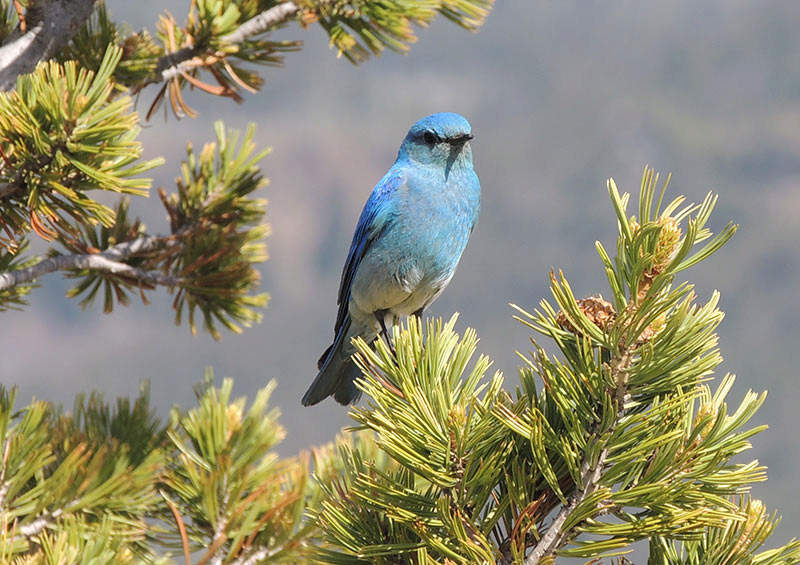
In addition to fruit, bluebirds eat many insects, which they hunt for in open habitat. The bluebird sits on a fence post or other perch to scrutinize the ground for bugs. When it spots one, it drops down, snaps it up, and returns to a perch.
Bluebirds often use their own birdhouse as a hunting perch. Bluebird boxes should be constructed on poles in the open or on trees along the edge of an open area.

